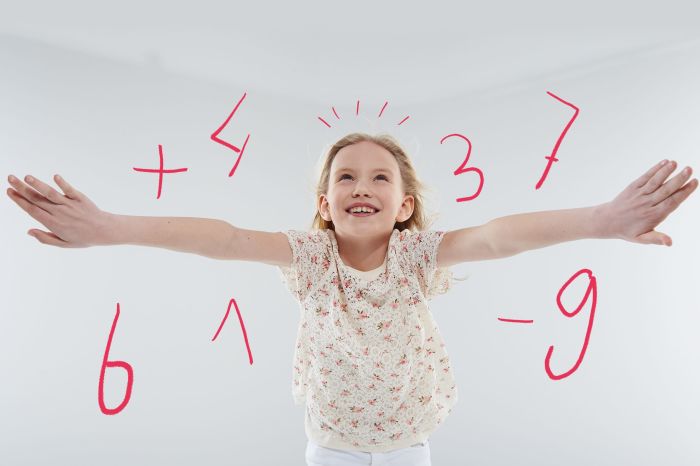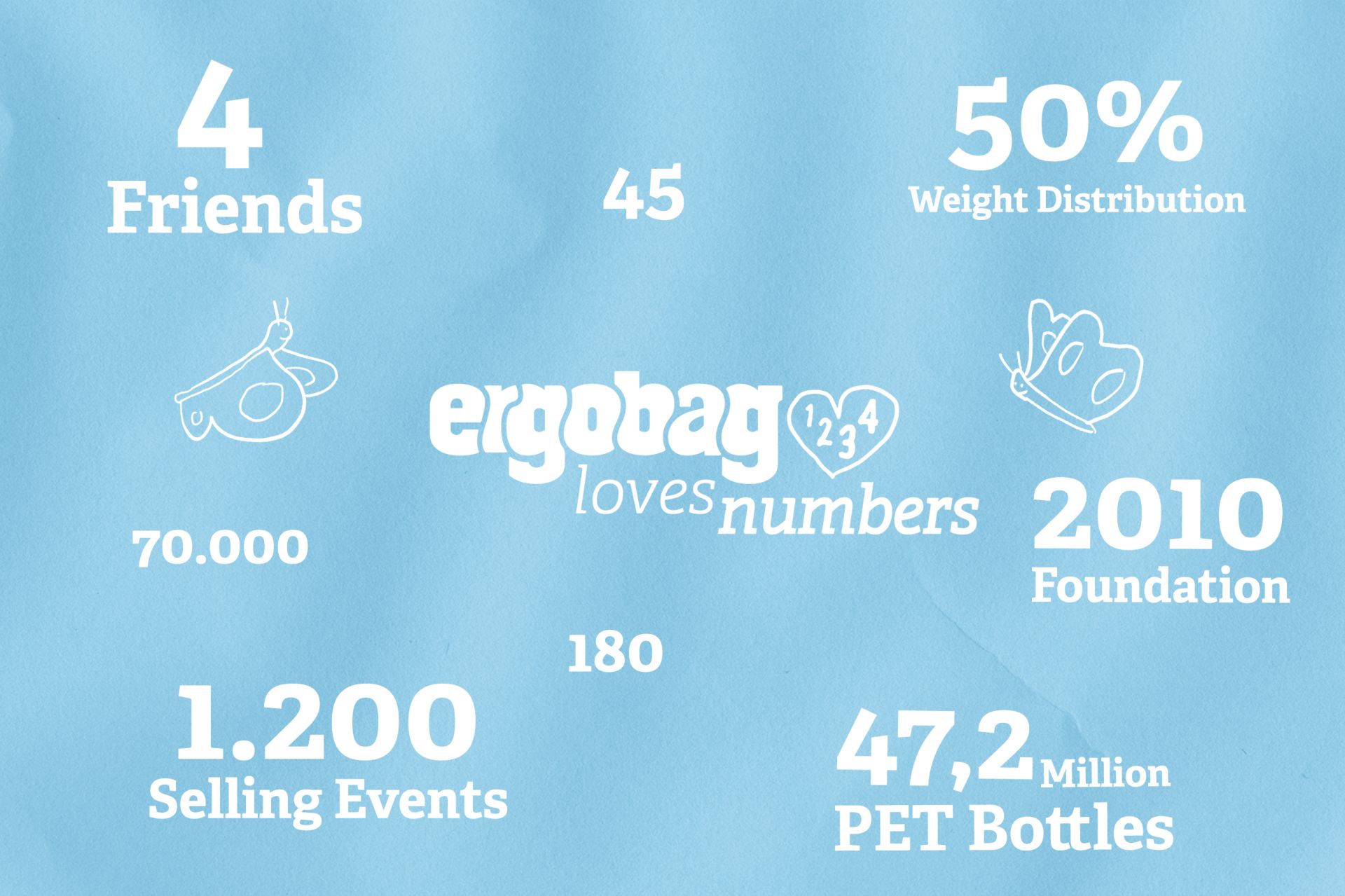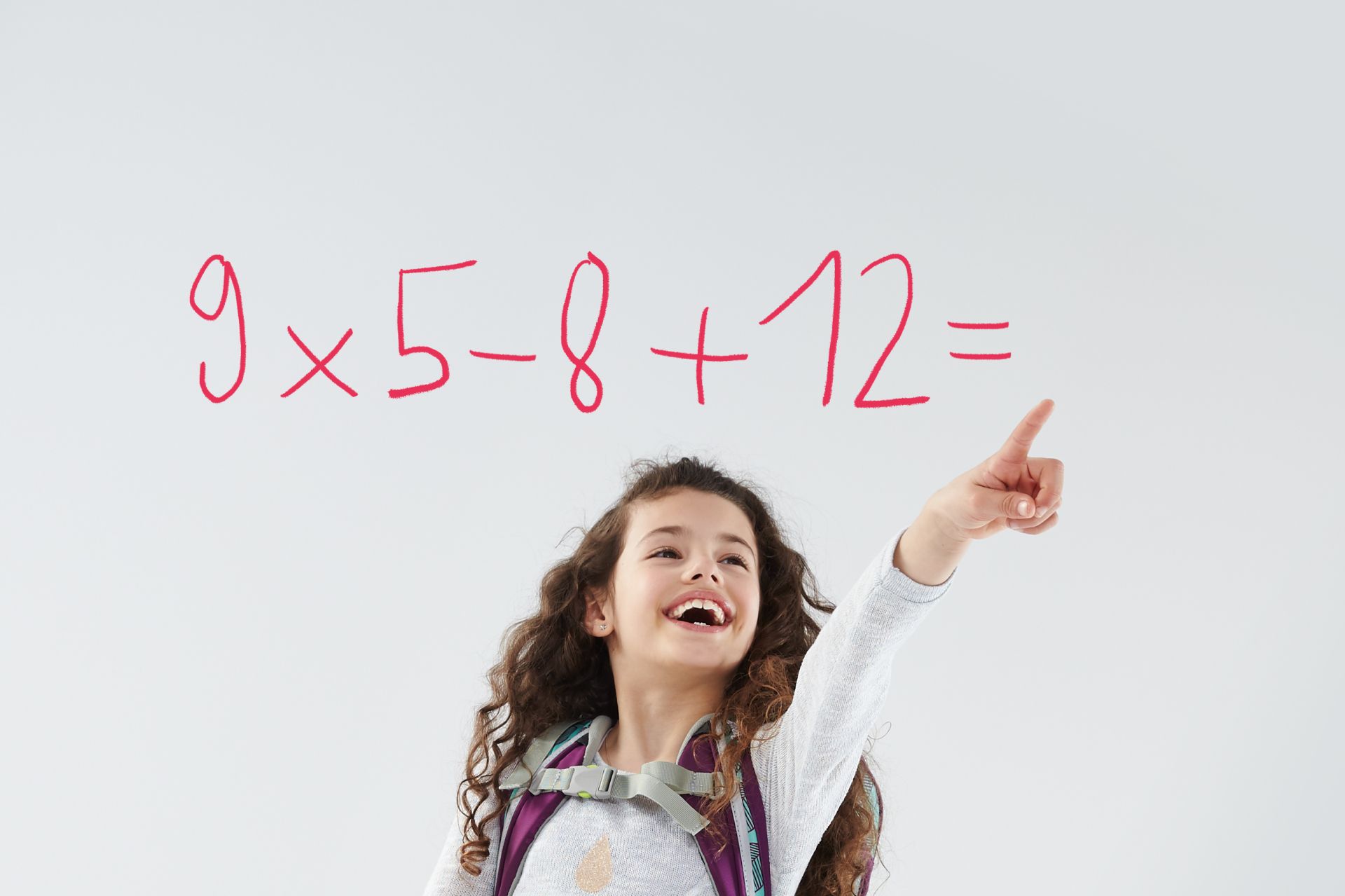Our topics:
Take a leap into the world of figures

Figures and quantities are very abstract terms for children which are often complex for them to grasp with their intuitive understanding. Different objects in varying quantities, such as brightly colored building blocks or a variety of stones or beads, can help children to learn a sense of number. These items teach the budding mathematicians to differentiate and classify things by certain categories, such as size, shape and color. Games which encourage sorting are particularly suitable for this and they are also great fun to play.
Later the children then learn to compare the items which they have grouped and to contrast them with each other and categorize them by size. When the clever little monkeys know that three beads is a lower quantity than five beads then they will have linked the smaller quantity with the corresponding number in their minds. At this point they are also able to cope with simple arithmetic and have an established concept of numeracy.
Game idea 1: Memory game with objects
What you need: as many pairs of objects as possible, e.g. hammer and nail, money and wallet, needle and thread, toothbrush and toothpaste, washcloth and towel, etc.
How it works: mix up all the objects and spread them out on the floor. Then ask the little wise guys to look at the objects and to find the matching pairs. Ask them why these particular things go together. This game encourages not only the logical reasoning of the children in categorizing objects but it also trains their understanding of numbers.
Game idea 2: Sort, sort, sort!
What you need: materials which can be sorted into categories, e.g. beads, seashells, marbles, stones or buttons of different colors, and a box with lots of compartments, e.g. an empty cookie or chocolate box or several clean sand molds.
How it works: it is perfectly alright if the children want to apply just one criterion at the start, such as sorting the objects into groups of small or large items. More criteria can be added gradually, such as different surface textures (matt or shiny, smooth or rough), shapes (round, triangular, square) or colors. It is important to keep talking to the children and discuss what the things have in common and how they differ. When the items have all been sorted, count them and establish which compartment/mold has the most objects in it and which has the least.
Game idea 3: Twins, triplets, quadruplets ...
How it works: walk through the room with your eyes open and look how many things there are in twos, three and fours or even in sixes. You are bound to find lots of twins, triplets and quadruplets ... e.g. two pairs of shoes, a key ring with lots of keys of different sizes, four burners on the stove, six spoons in the cutlery drawer, etc.
Handy hint: Count, count, count
The more often children are asked to count in everyday life, the easier it will become. So let your little number crunchers count things as often as possible, e.g. the number of eggs, potatoes or apples you need in the kitchen for everybody's favorite dish. This helps children to develop an idea of quantities in different contexts and to see how numbers relate to everyday life.



